A vector-agent approach to (spatiotemporal) movement modelling and reasoning
- PMID: 36476602
- PMCID: PMC9729300
- DOI: 10.1038/s41598-022-22056-9
A vector-agent approach to (spatiotemporal) movement modelling and reasoning
Abstract
Modelling a complex system of autonomous individuals moving through space and time essentially entails understanding the (heterogeneous) spatiotemporal context, interactions with other individuals, their internal states and making any underlying causal interrelationships explicit, a task for which agents (including vector-agents) are specifically well-suited. Building on a conceptual model of agent space-time and reasoning behaviour, a design guideline for an implemented vector-agent model is presented. The movement of football players was chosen as it is appropriately constrained in space, time and individual actions. Sensitivity-variability analysis was applied to measure the performance of different configurations of system components on the emergent movement patterns. The model output varied more when the condition of the contextual actors (players' role-areas) was manipulated. The current study shows how agent-based modelling can contribute to our understanding of movement and how causally relevant evidence can be produced, illustrated through a spatiotemporally constrained football case-study.
© 2022. The Author(s).
Conflict of interest statement
The authors declare no competing interests.
Figures
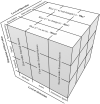



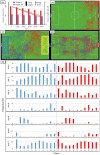
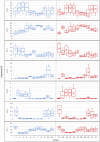
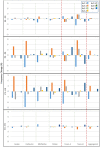

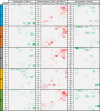
References
-
- Mark, D. M. Geographic information science: Defining the field. in Foundations of geographic information science (eds. Duckham, M., Goodchild, M. F. & Worboys, M.) 1–18 (Taylor and Francis, 2003).
-
- Haggett, P., Cliff, A. D. & Frey, A. Locational Models. (Halstead Press, 1977).
-
- Sinton, D. F. The inherent structure of information as a constraint to analysis: mapped thematic data as a case study. in First International Advanced Study Symposium on Topological Data Structures for Geographic Information Systems (ed. Dutton, G.) 18 (Laboratory for Computer Graphics and Spatial Analysis, Graduate School of Design, Harvard University, 1977).
-
- Chrisman N. Concepts of space as a guide to cartographic data structures. Harv. Pap. Geogr. Inf. Syst. 1978;8:1–17.
-
- Peuquet, D. J. Representations of Space and Time (Guilford Press, 2002).
Publication types
MeSH terms
LinkOut - more resources
Full Text Sources

